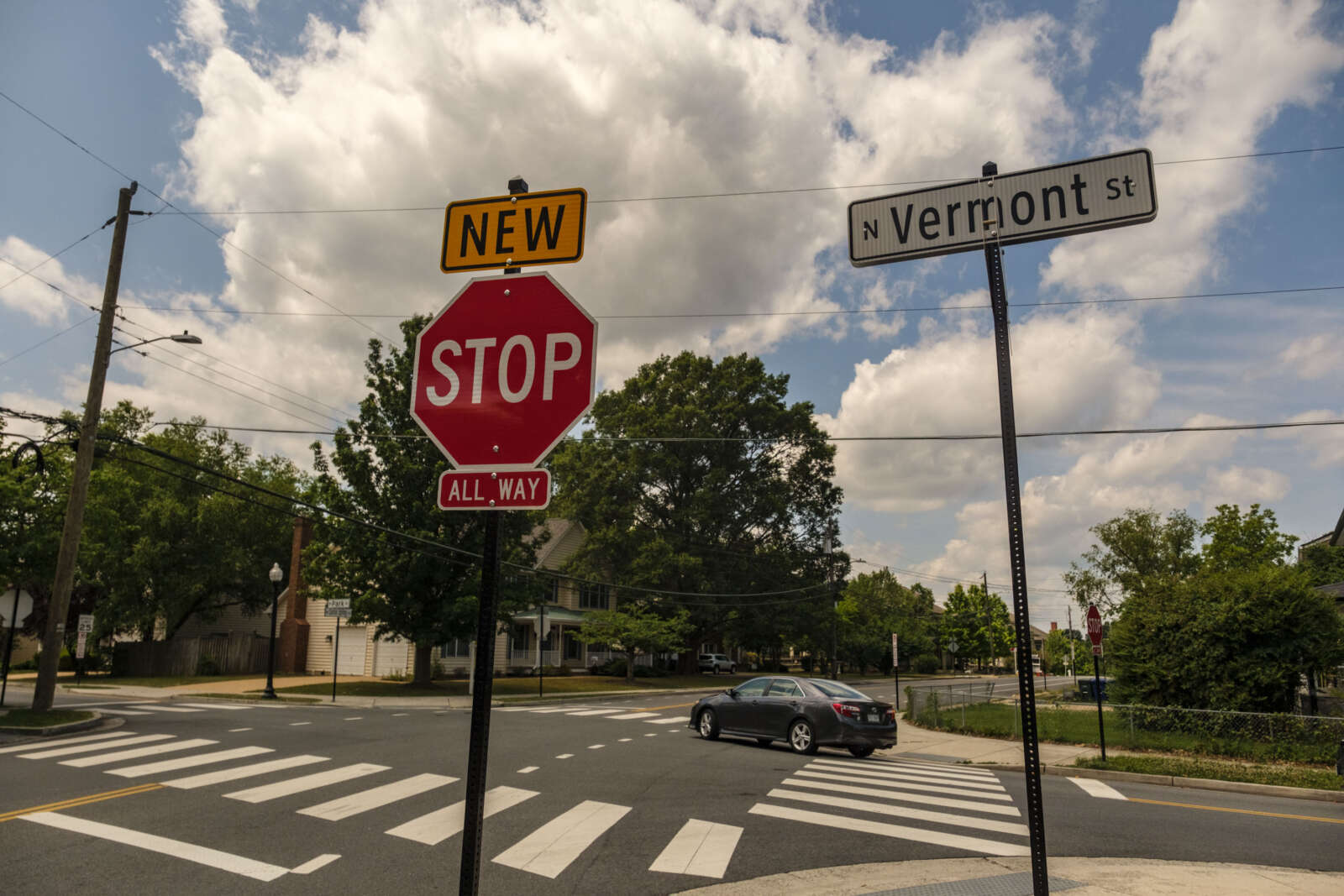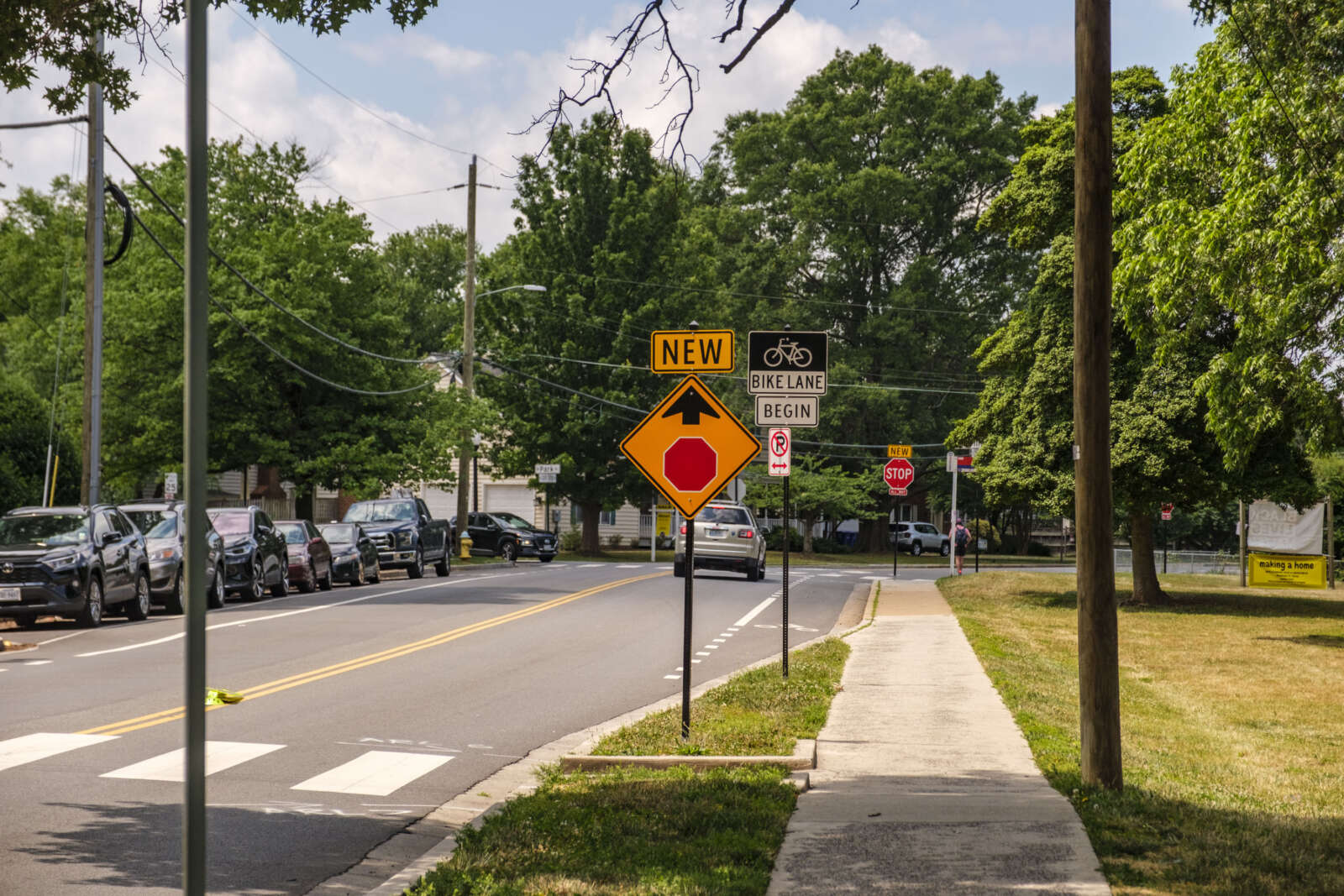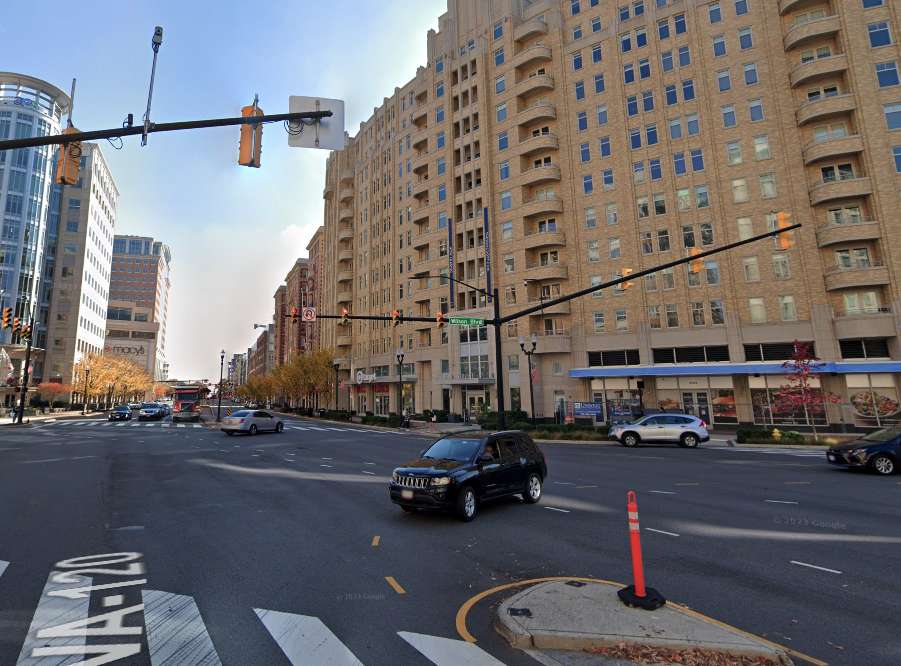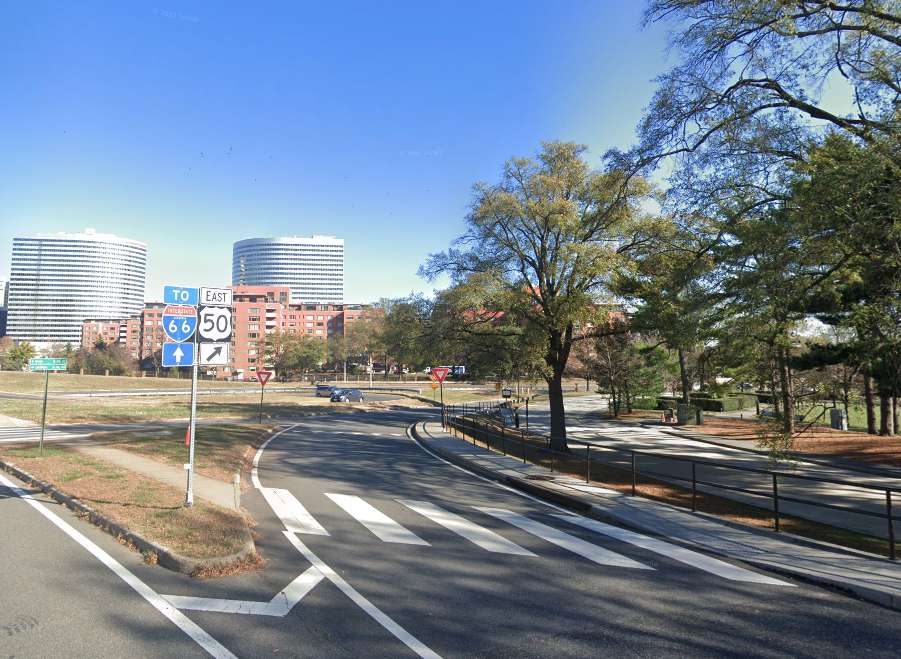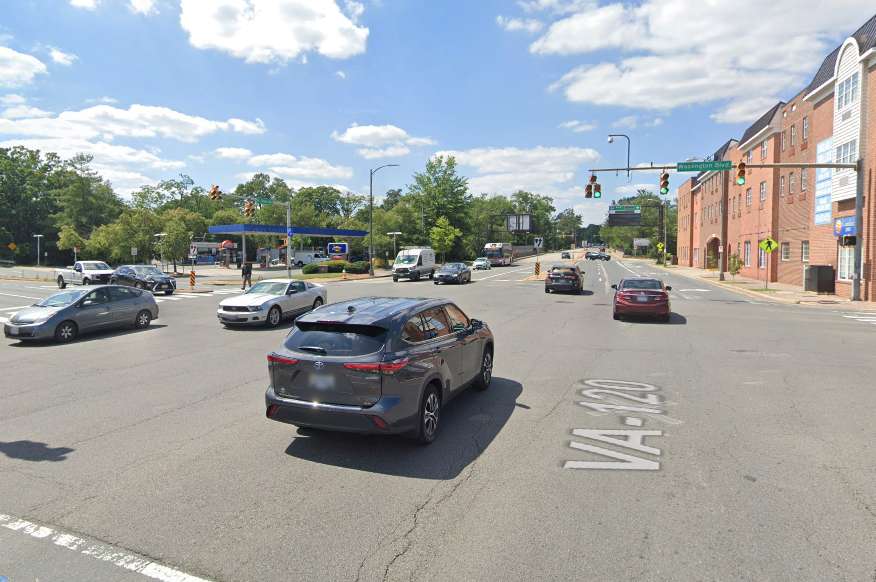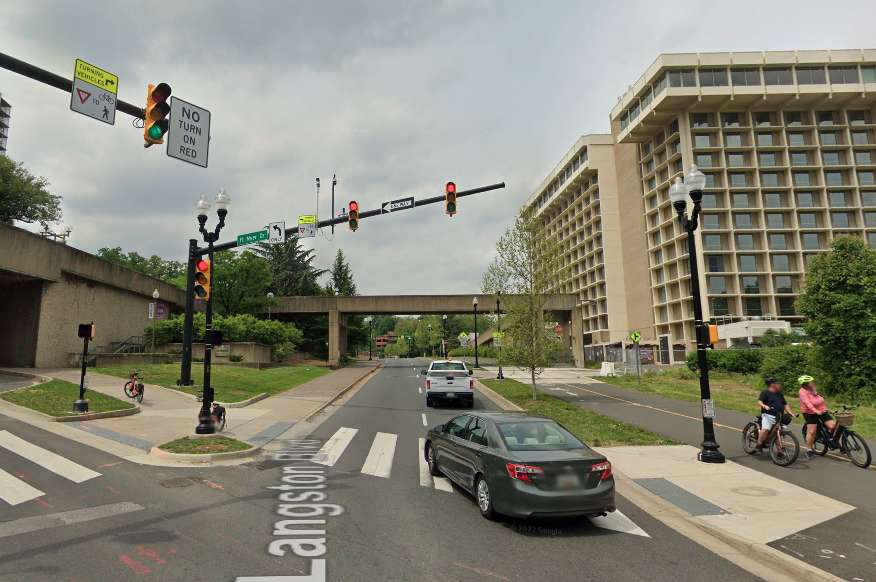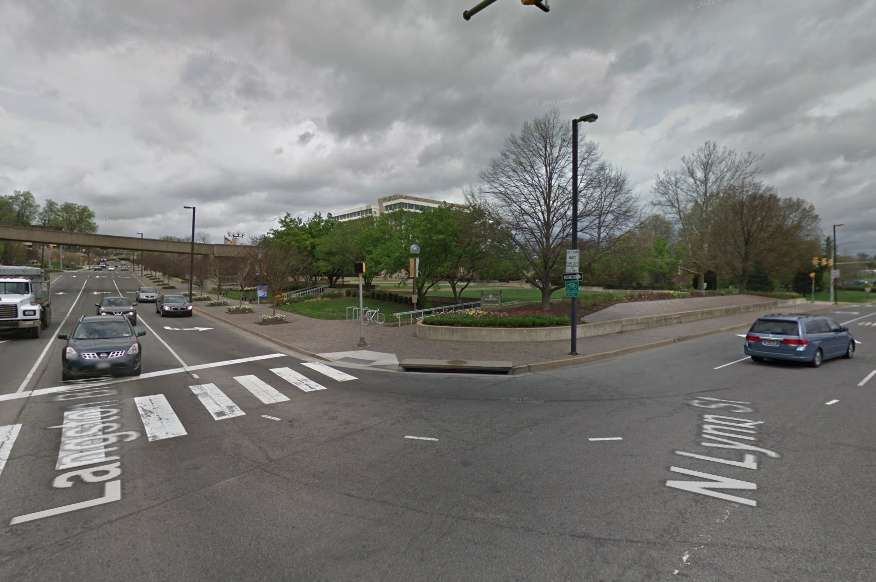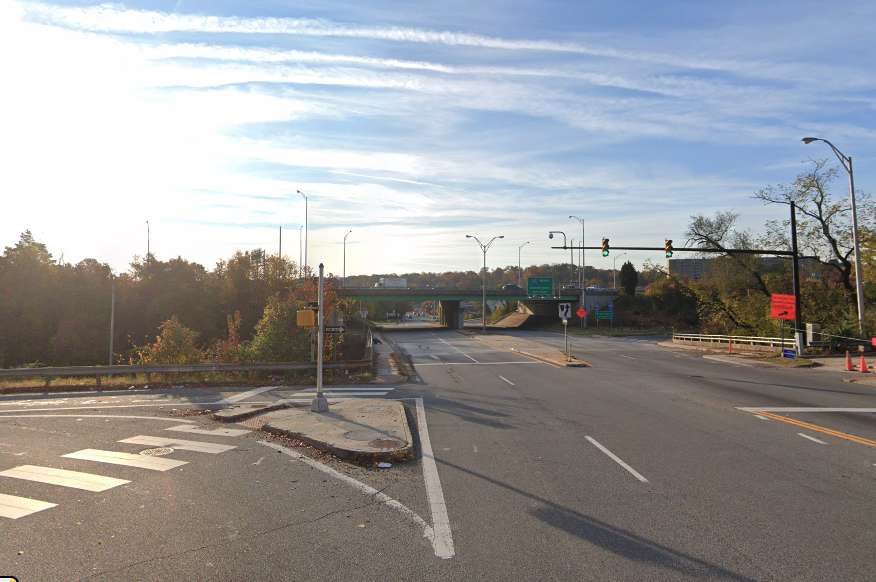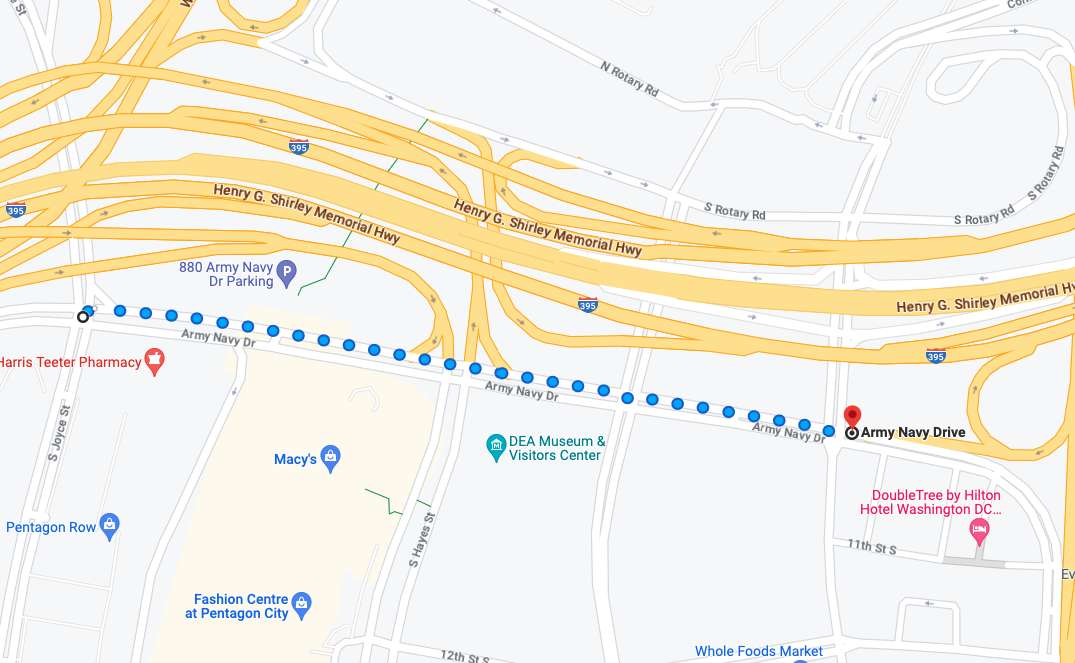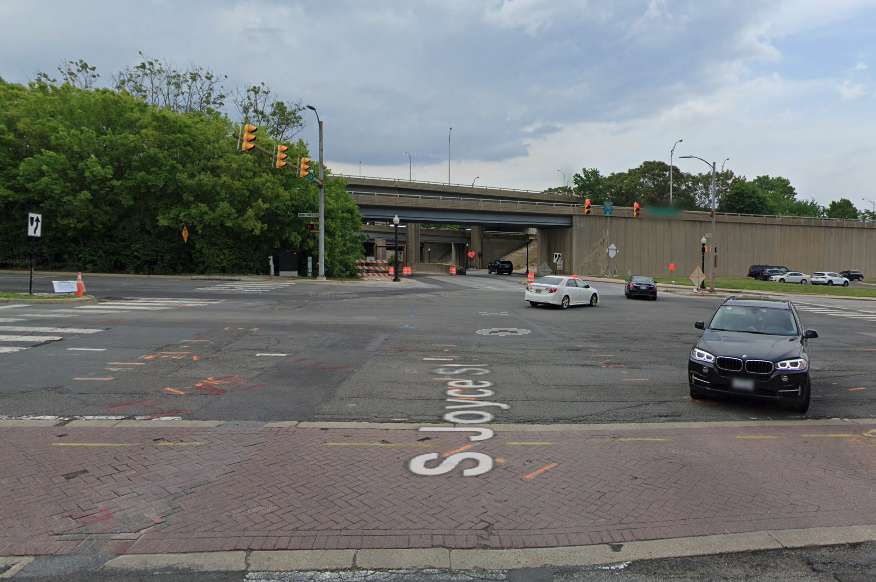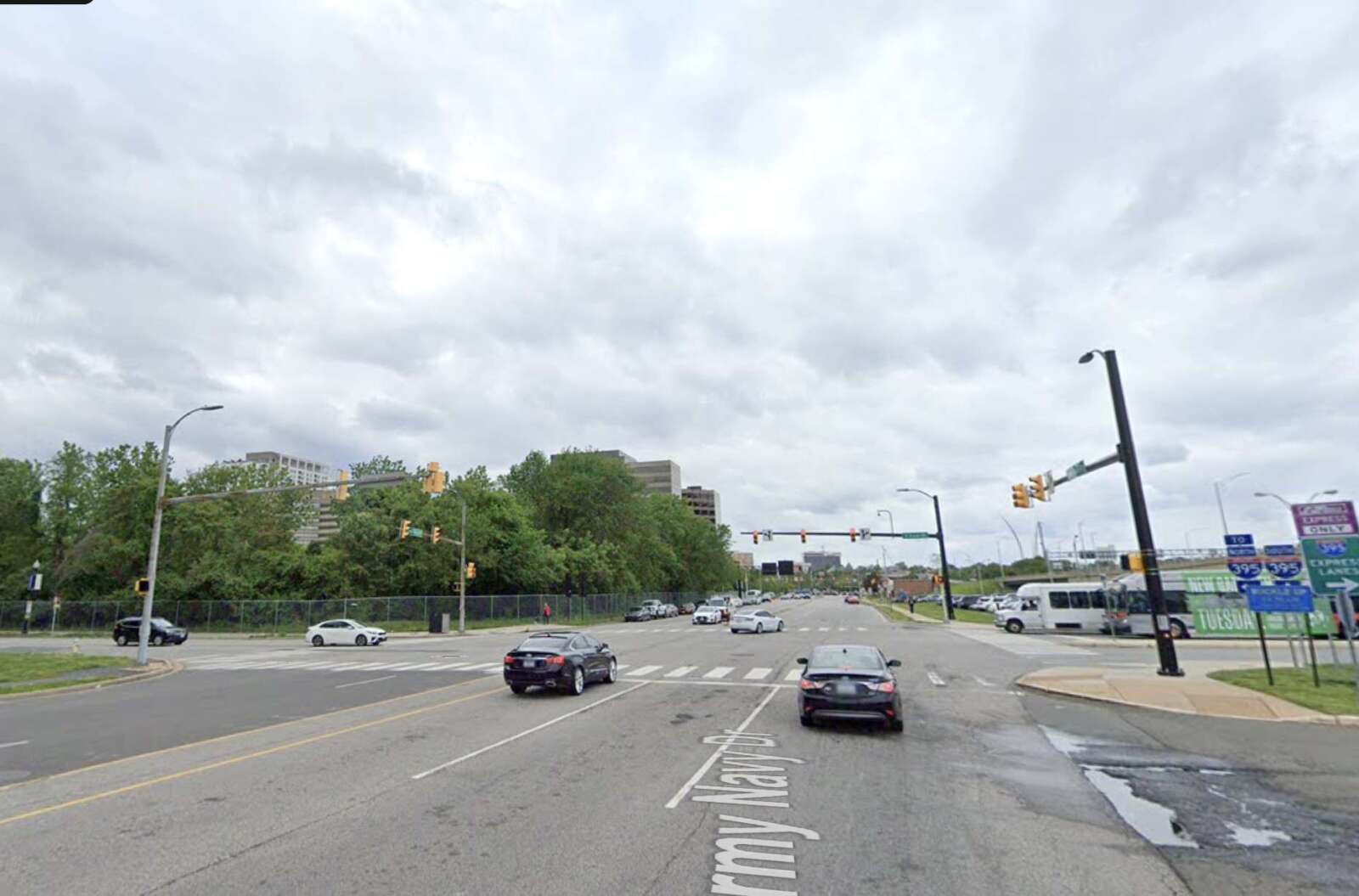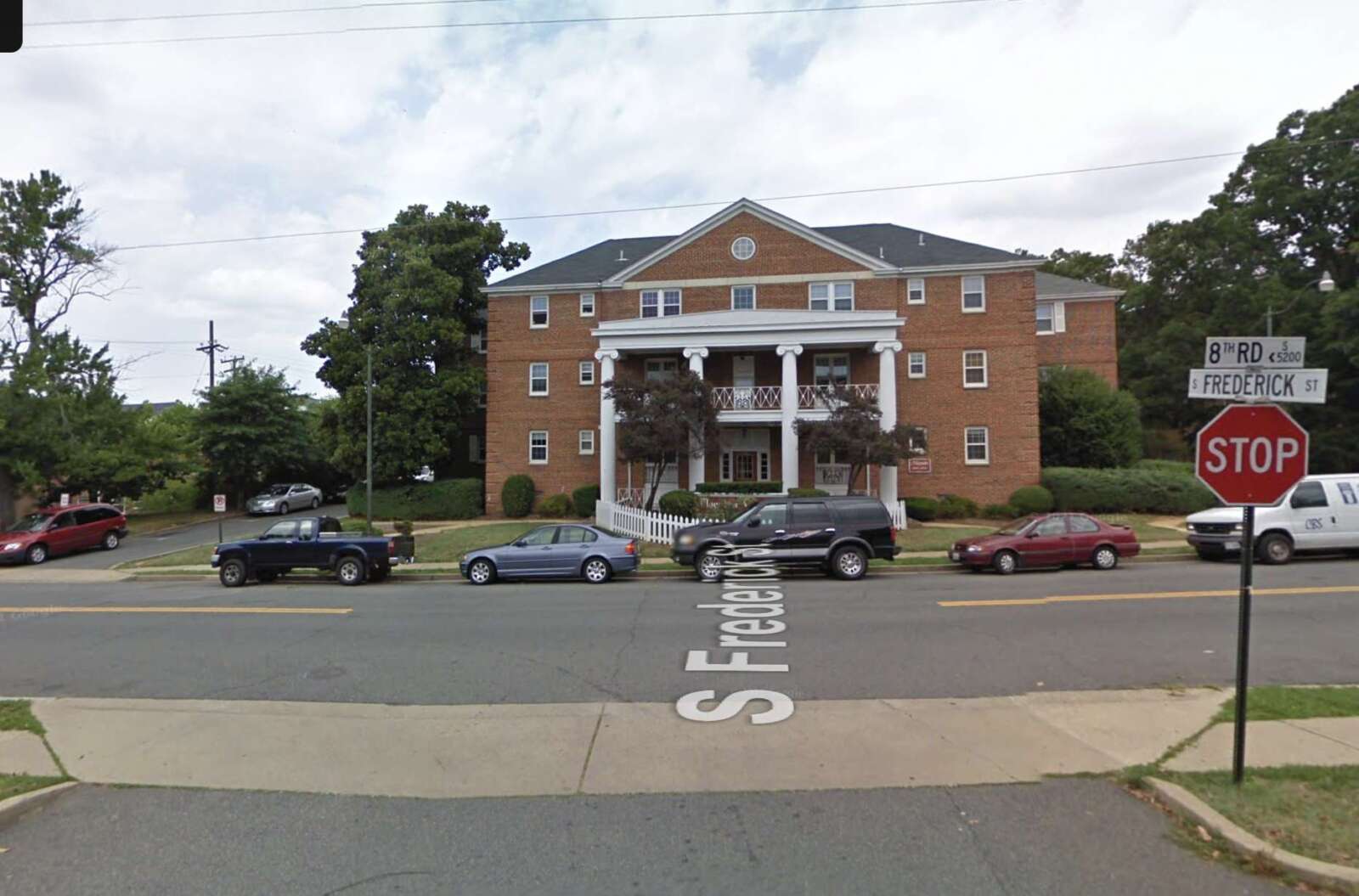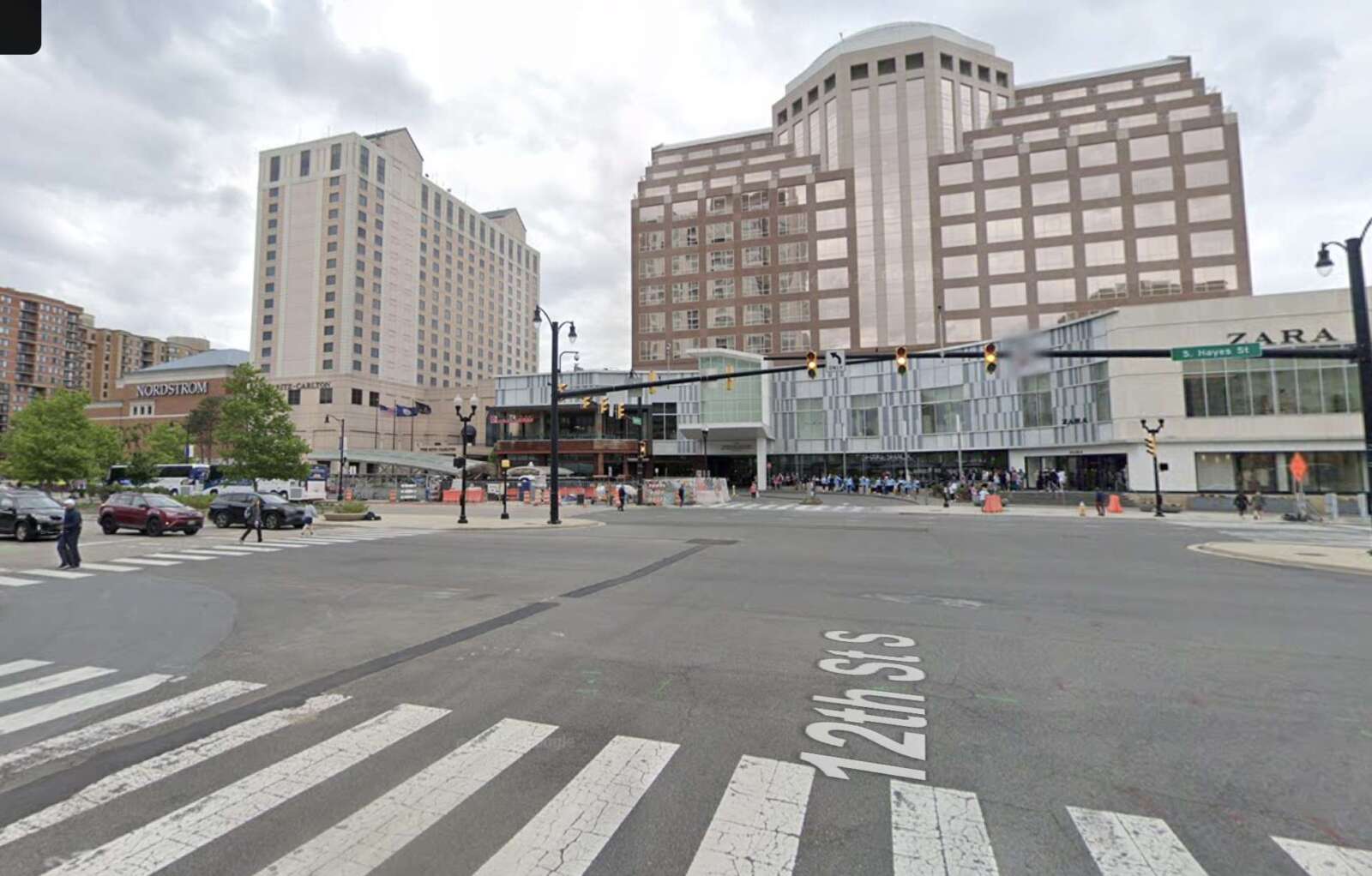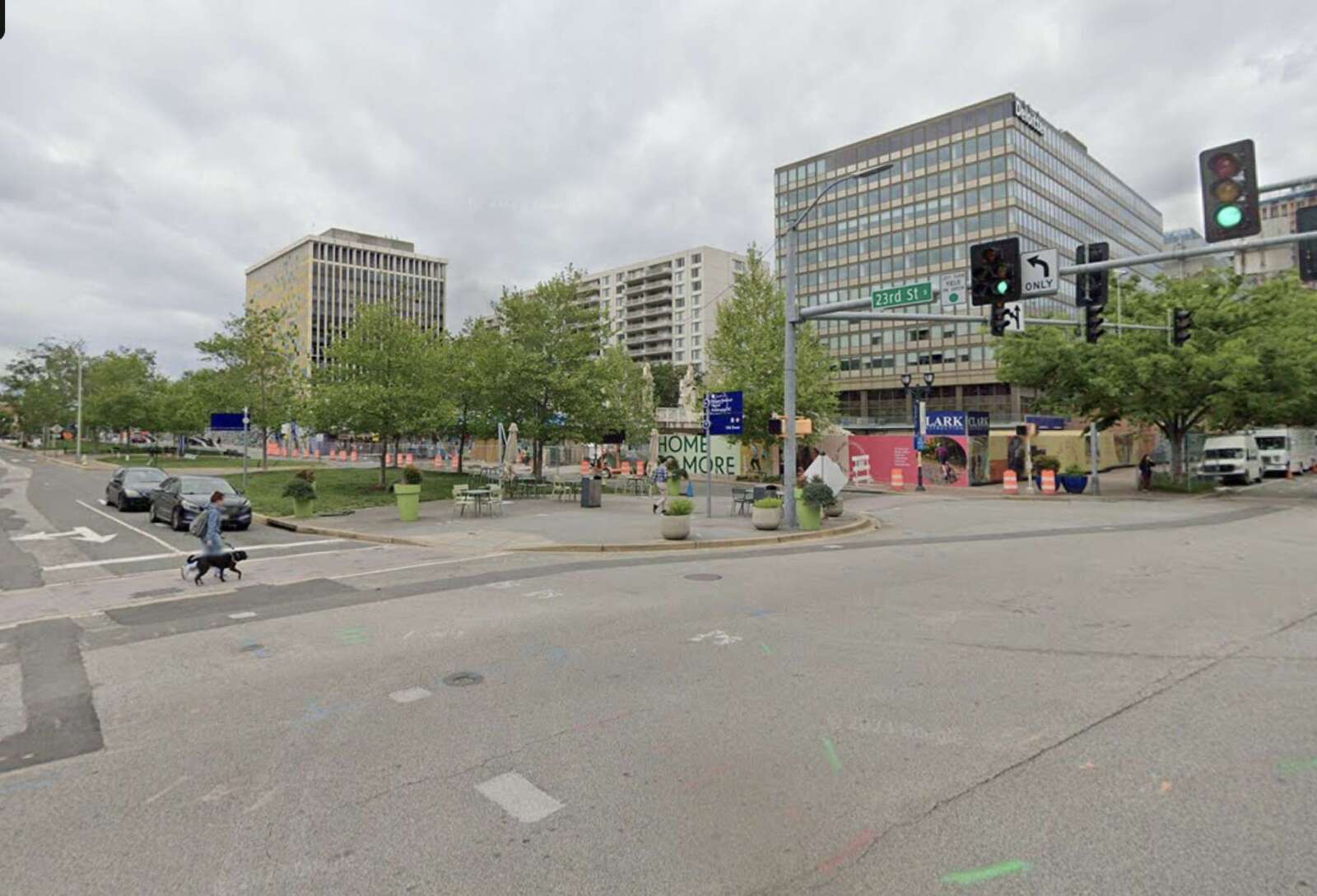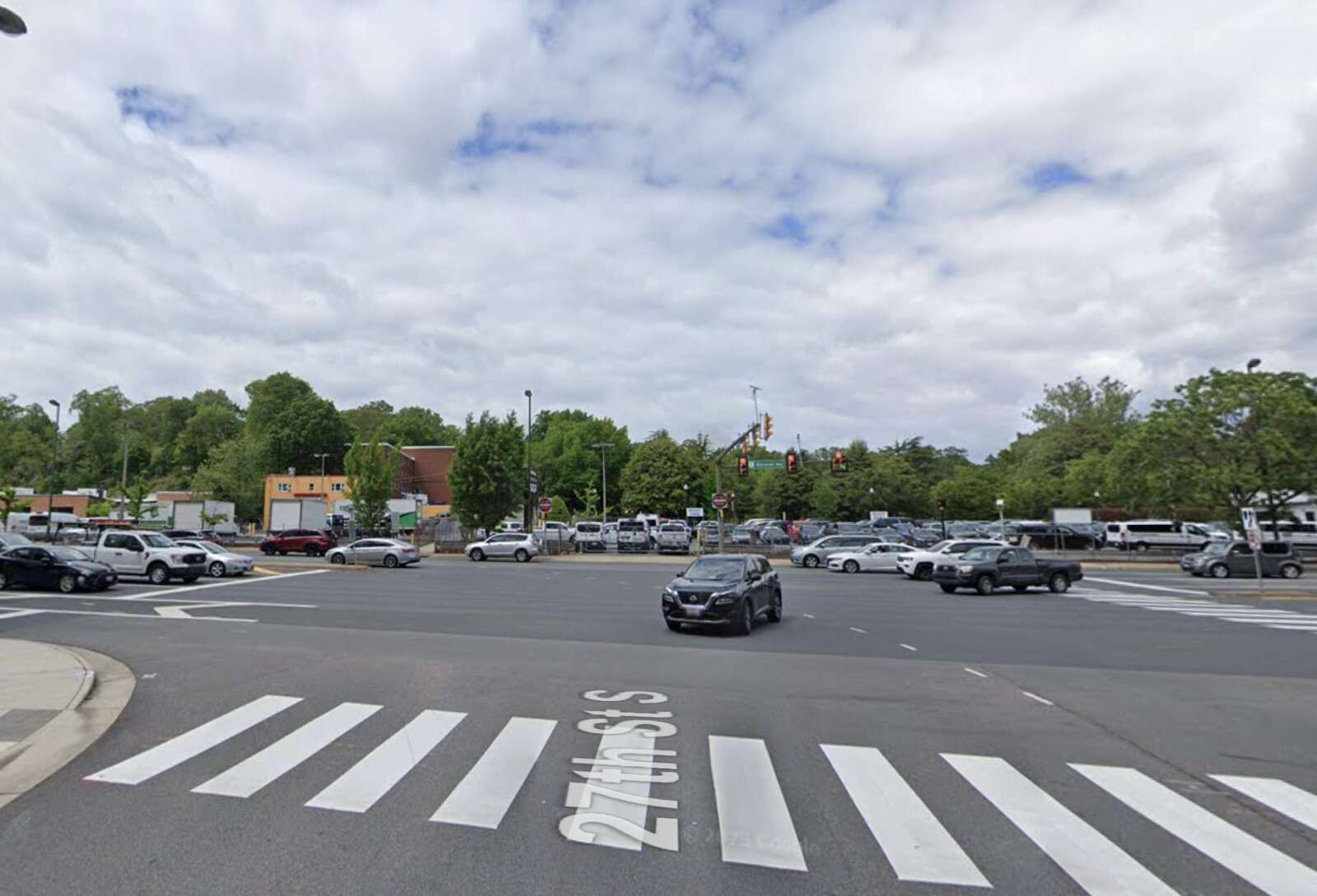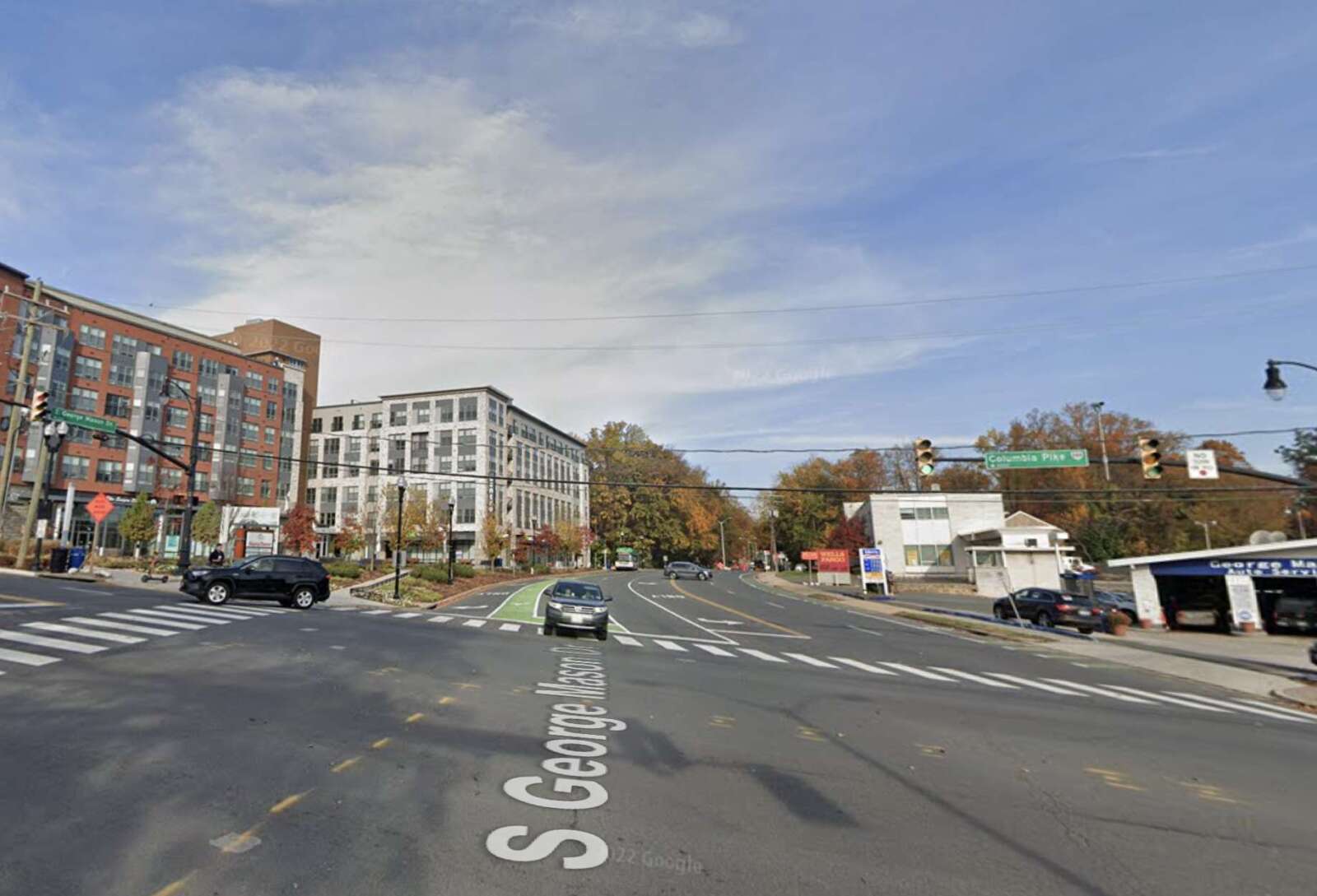On a Thursday morning two weeks ago, there was a notable police presence at the intersection of N. Vermont Street and N. Carlin Springs Road.
Officers were watching for people blowing through a new stop sign, which was added in late May at the site of a crash where a driver struck a mother pushing her baby in a stroller.
This is the latest update for the intersection, which has been an “ongoing” location for investigations due to the high number of crashes there, according to Dept. of Environmental Services spokeswoman Katie O’Brien.
Now, instead of two stop signs, the intersection has four.
“We made several improvements in early 2021 and have been monitoring the intersection,” O’Brien said. “Due to recent crashes and an updated safety analysis, we analyzed the intersection for an all-way stop and found that it met the conditions. The signs were installed end of May and we are continuing to monitor the intersection.”
Previous improvements included installing “Cross Traffic Does Not Stop” signs on the existing stop signs and installing additional “Stop for Pedestrians in Crosswalk” neon warning flags and upgraded existing pedestrian warning signs, DES spokesman Peter Golkin said.
Everything, basically, but adding new stop signs.
Now, with the new all-way stop in place, DES is working with the Arlington County Police Department to educate drivers about the traffic change, she said.
“This includes in-person education from officers and variable messaging signage,” she said.
In the relatively short time that ARLnow was out there two weeks ago, three or four drivers who blew the stop sign were pulled over. Now two weeks into June, the variable messaging sign boards alerting drivers to the change are still up.
As part of the county’s goal to end serious and fatal crashes by 2030, known as Vision Zero, this intersection has been investigated as both a “hot spot” and as part of the county’s “high-injury network,” two designations for places with high rates of crashes.
Meanwhile, ACPD has its own list of dicey intersections, collectively known as “Traffic Accident Reduction Program” or TARP intersections, to determine where to send officers and other resources.
These “are generally higher frequency crash locations where enforcement is determined to be useful in reducing overall crash volume,” says ACPD spokeswoman Ashley Savage.
Some of these crash-prone intersections have pedestrians crossing multiple wide traffic lanes, or roads that merge with highways, along faded crosswalks. In others, cars have to navigate atypical traffic patterns.
The police department’s list of crash-prone “TARP” intersection includes the following.
- Langston Blvd and Fort Myer Drive
- Langston Blvd and N. Lynn Street
- S. Four Mile Run Drive and S. George Mason Drive
- S. Hayes Street and 12th Street S.
- 23rd Street S. and Crystal Drive
- Columbia Pike and S. George Mason Drive
- Army Navy Drive from S. Eads Street to S. Joyce Street
- N. Glebe Road and Wilson Blvd
- Arlington Blvd and N. Meade Street
- Washington Blvd and N. Glebe Road
- S. Glebe Road and I-395
- 8th Road S. and S. Frederick Street
- 2700 block of Richmond Hwy
Of the above, at least seven are also identified as crash “hotspots“– based on 2016-2020 data — by the county’s Vision Zero staff team. Overall the Vision Zero hotspot list contains 69 intersections, based on reaching a certain threshold of vehicle, bike and pedestrian crashes.
It is unclear why some intersections on the police list are not also on the county list.
Savage says the police department works with other county agencies and community members “to address areas of concern through a two-pronged approach of enforcement and education with the ultimate goal of voluntary compliance with traffic laws even when police are not present.”
Over the years, and as recently as last Saturday, the County Board has been approving safety improvement projects and decreased speed limits at some of the crash-prone intersections.
The second year of Vision Zero came to a close this spring. The county is still seeking public feedback on how the program is faring.


